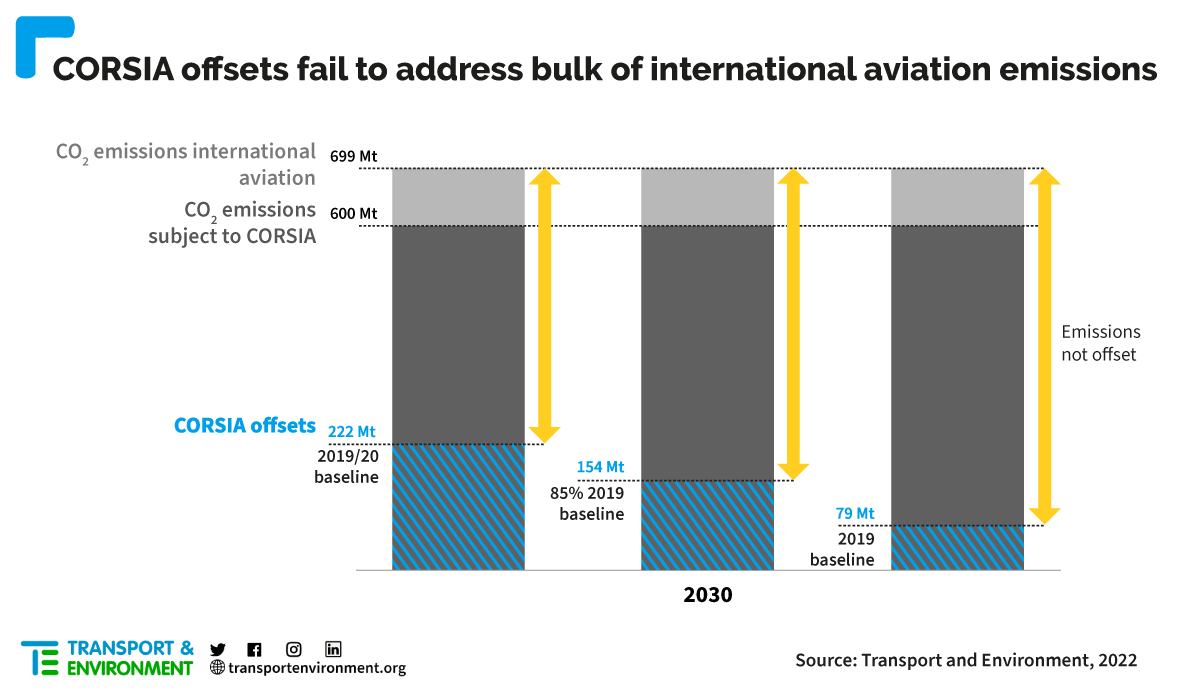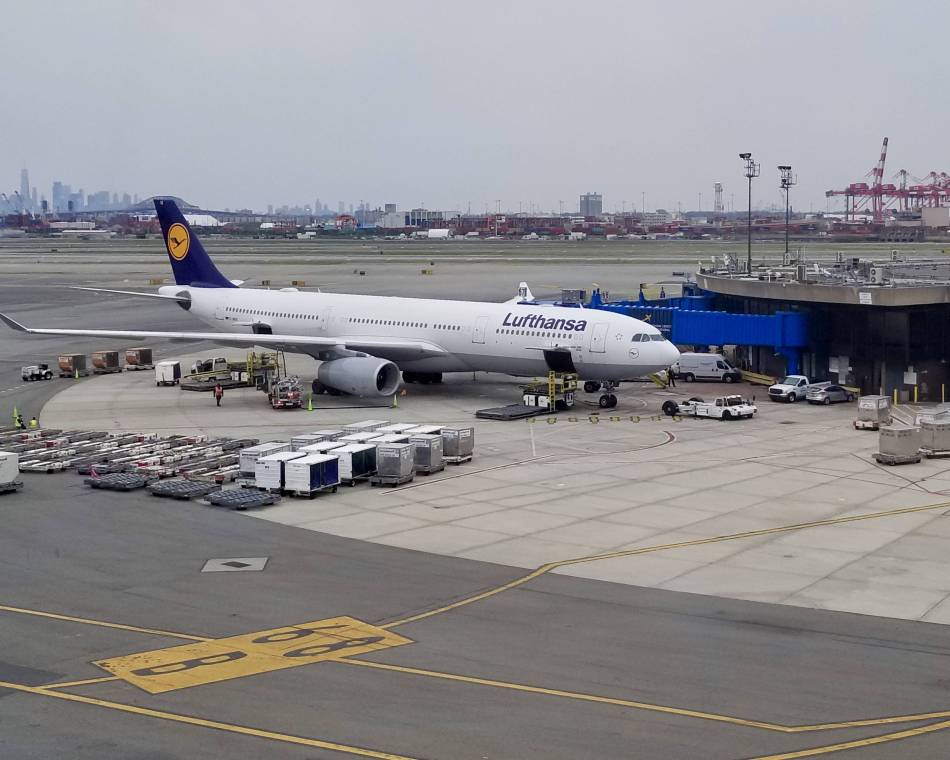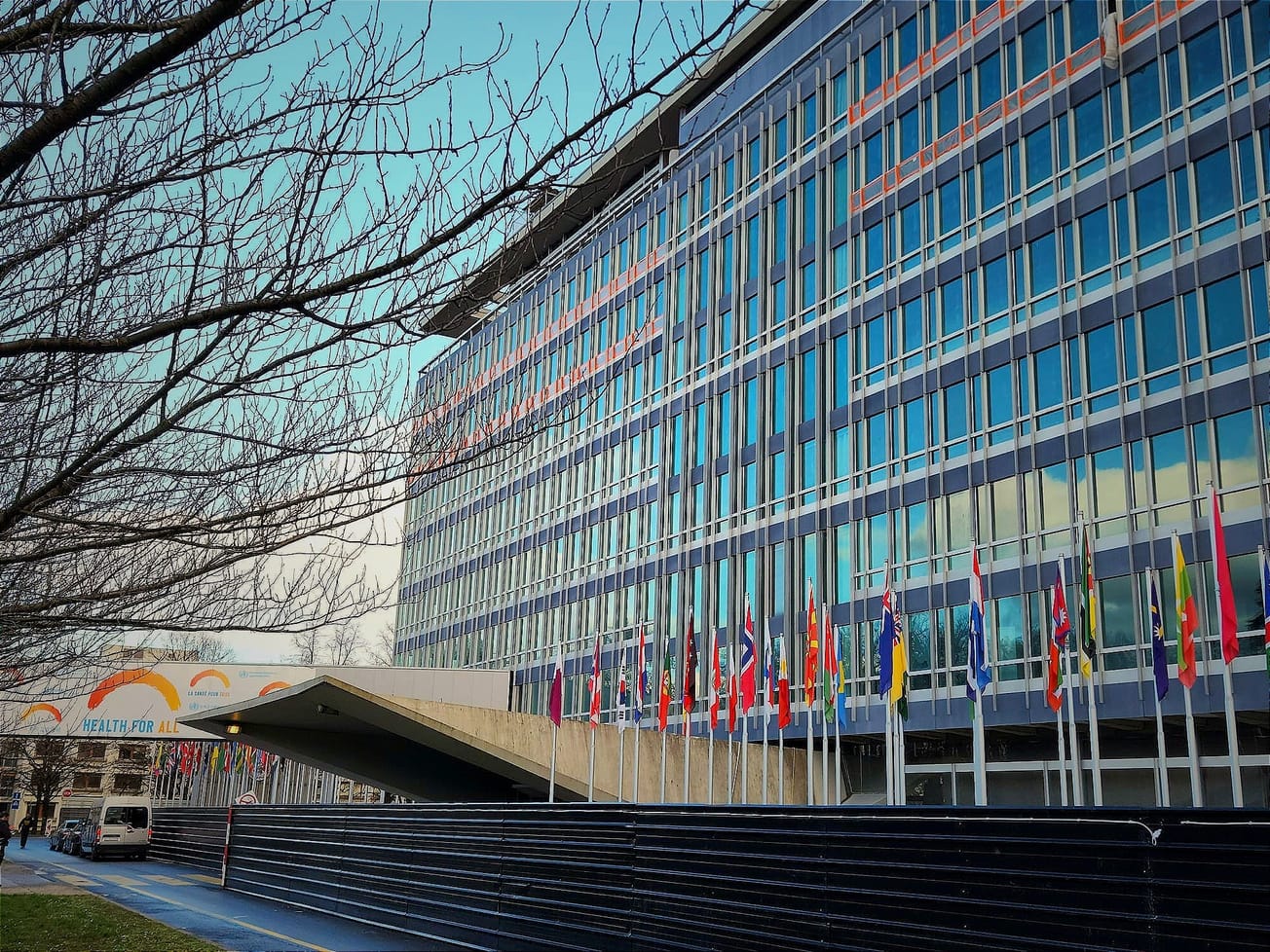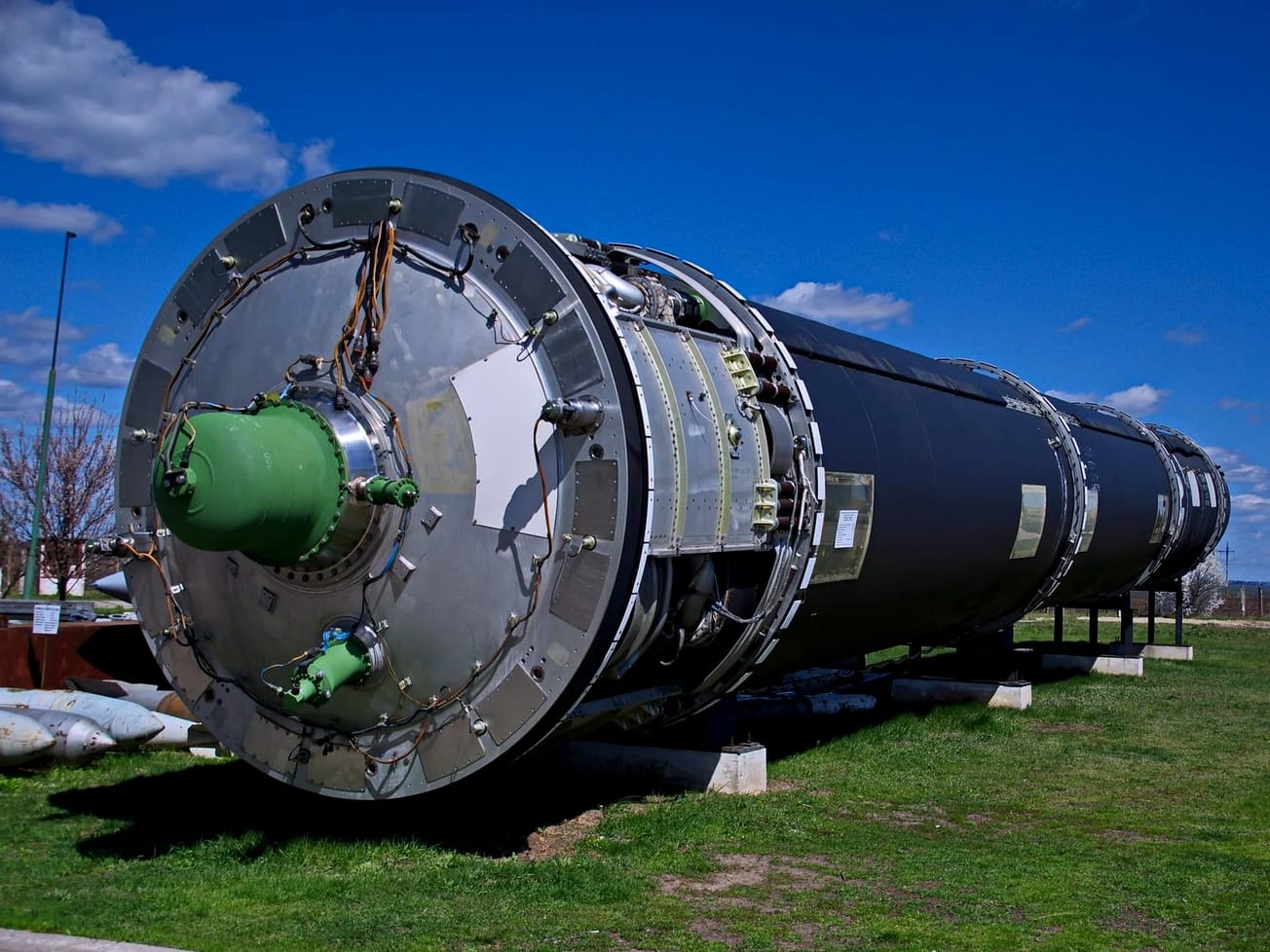Countries adopted an "aspirational goal" of net zero carbon emissions for international flights by 2050 in response to public and government pressure on the aviation industry to do more to fight climate change.
Some 2,500 delegate from 184 nations and 57 organizations reached agreement on the goal at Friday's assembly of the 193-nation International Civil Aviation Organizatoin, a Montréal-based United Nations agency, though it does not set individual targets for nations and their airlines.
Some nations emphasized more financing and investment is needed to achieve the cuts in carbon dioxide and other greenhouse gases from fossil fuel burning, since no technology exists to eliminate all aircraft emissions and there are no industry-wide plans to scale back international air travel.
ICAO's goal will nonetheless "contribute importantly to the green innovation and implementation momentum which must be accelerated over the coming decaes to ultimately achieve emissions-free powered flight," said Salvatore Sciacchitano, president of the ICAO Council, a 36-nation body that convenes the assembly.
ICAO was created out of the Chicago Convention, ratified in 1947 for the global promotion of safe and orderly civil aviation development. Some environmental campaigners, however, say ICAO's efforts don't go far enough.

Brussels-based Transport & Environment, an NGO that campaigns for zero emission transport systems, said countries agreed to ICAO's non-binding target of getting aviation net carbon emissions to zero by 2050 while simultaneously "watering down the only tool at their disposal to try and address the sector’s climate impact."
That tool is known as the Carbon Offsetting and Reduction Scheme for International Aviation, or CORSIA. At the assembly, nations agreed to set a new CORSIA baseline from 2024 onwards, defined as 85% of CO2 emissions in 2019.
ICAO also concurred on the use of revised percentages for sectoral and individual growth factors used to calculate offsetting requirements from 2030 onwards. That lowers the threshold for real action, according to Jo Dardenne, aviation director at T&E, who said this is not the industry's "moment" of triumph equal to the 2015 Paris Agreement on climate change.
As countries emerged from COVID-19 lockdowns, aviation emissions accounted for about 2% of global energy-related CO2 emissions in 2021, having grown faster in recent decades than road, rail or shipping, according to the Paris-based International Energy Agency.
Living in dreamworld: why international aviation emissions have no chance of being addressed at UN @icao level
— Transport & Environment (@transenv) September 29, 2022
🧵@eaTransport @EURACTIV @CarbonMrktWatch https://t.co/Y88wcDFehy
'Let's not pretend'
In contrast to the European Union's push for higher taxes on fossil fuels, including jet fuel, and its alternative fuel policies to decarbonize aviation, the CORSIA baseline has been gradually compromised by industry pressure, according to T&E.
Under the CORSIA scheme, it said, less than a third of international aviation emissions would be addressed by 2030 because airlines only pay to offset growth in emissions above a certain baseline — and major aviation markets in Brazil, China, India and Russia are not part of the scheme.
"Let’s not pretend that a non-binding goal will get aviation down to zero," Dardenne said. "If countries and industry are serious about this aspirational goal, they should stop bullying the E.U. out of its plans to finally price emissions from departing flights."
Last year, the International Air Transport Association approved a resolution for the global air transport industry to achieve net zero carbon emissions by 2050.
IATA, which represents some 290 airlines or 83% of total air traffic, said it would use a combination of sustainable aviation fuels, new aircraft technology, more efficient operations and infrastructure, and the development of new zero emissions energy sources such as electric and hydrogen power.
"Any emissions that cannot be eliminated at source," it said, "will be eliminated through out-of-sector options such as carbon capture and storage and credible offsetting schemes."








